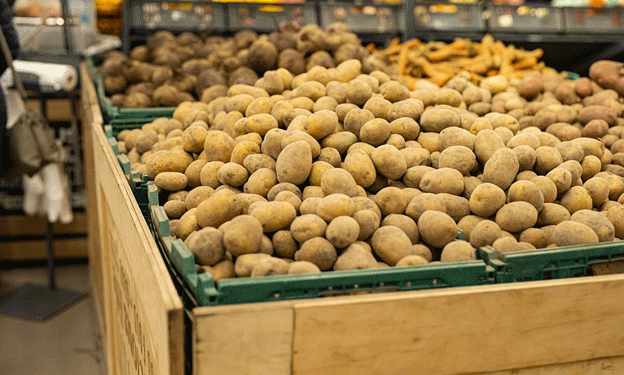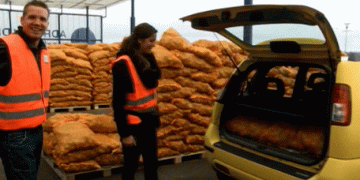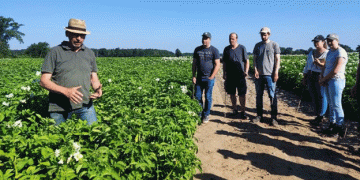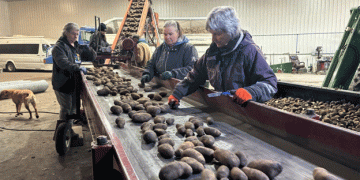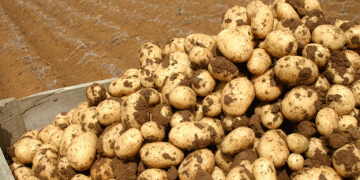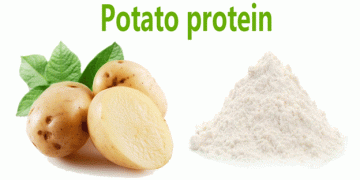Potato Market Trends in Brazil
The onset of the potato harvest season in São Paulo has led to a noticeable decline in prices. This seasonal adjustment is a result of increased supply as the harvest progresses, particularly during the dry season. The price dynamics in various regions illustrate the broader market response to these changes.
Recent Price Fluctuations:
- In São Paulo (SP), the price of special Agata potatoes dropped by 3.07%, closing at BRL 179.25 (USD 33.17) per 25 kg sack.
- In Rio de Janeiro (RJ), prices fell by 12.37% to BRL 164.44 (USD 30.43) per 25 kg sack.
- In Belo Horizonte (MG), there was a 4.70% decrease, bringing the price to BRL 173.23 (USD 32.05) per 25 kg sack.
These reductions are directly linked to the intensifying harvest activities, which are boosting supply across these key markets.
Harvest Conditions and Supply Dynamics
The harvest during the dry season in São Paulo has significantly contributed to the increased availability of potatoes. The southwestern part of São Paulo has been particularly pivotal in this uptick, as harvest operations ramp up.
Key Factors:
- Dry Season Harvest: This period typically sees more favorable conditions for harvesting, which has helped accelerate the process and increase output.
- Regional Impact: The southwestern São Paulo region is a major contributor, enhancing overall market supply.
Projections for the Coming Months
Looking ahead, the market anticipates a continued rise in supply leading up to August and September. This period marks the peak of the winter harvest, which is expected to further drive down prices as more potatoes flood the market.
Expectations:
- Increased Supply: The winter harvest’s peak will likely intensify the downward pressure on prices.
- Market Adjustments: Consumers and retailers should prepare for fluctuating prices as the market adjusts to the increased supply.
The commencement of the potato harvest in São Paulo has set off a chain reaction across major markets in Brazil, leading to decreased prices. As the harvest continues and supply increases, these price trends are expected to persist, offering opportunities and challenges for farmers and traders alike. Understanding these dynamics is crucial for making informed decisions in the agricultural sector.
